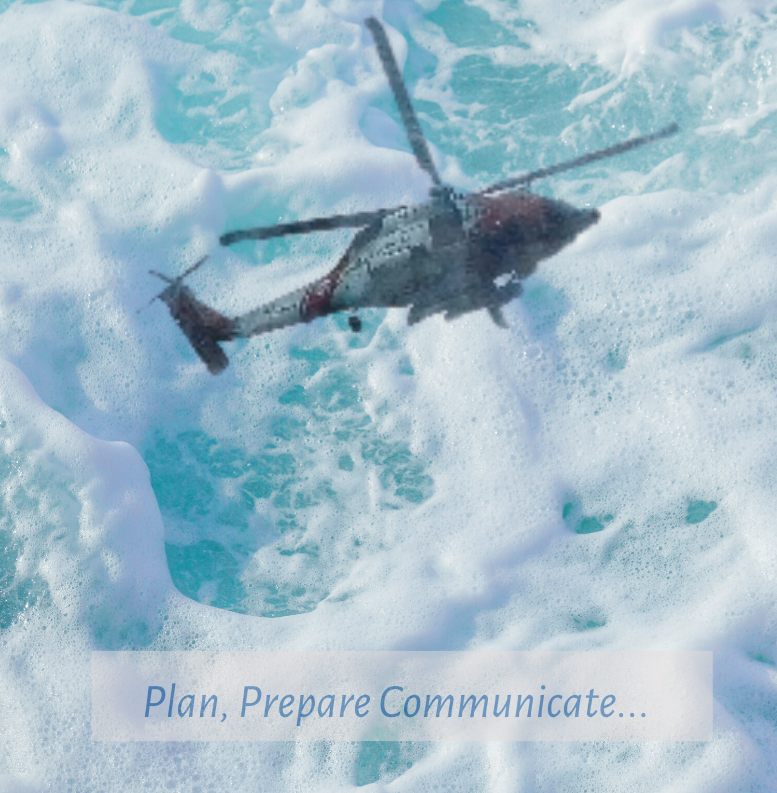Plan, Prepare, Communicate: Leadership From Alaska
My wife, Katherine, and I sailed aboard a Princess Cruise ship on a vacation to Alaska, back when vacation was a common occurrence. The 1,800 photos on my phone testify to the scenic, educational, majestic and phenomenal experience we enjoyed.
An incident occurred on our final day at sea which required the medical evacuation of a guest. On a foggy day in the middle of the Gulf of Alaska our ship coordinated with the Coast Guard to transfer a passenger and her husband via helicopter to the nearest hospital in Anchorage. The conditions made this much more than a routine exercise.
Always on the lookout for leadership nuggets, I was impressed with the handling of this incident, as well as the crew’s coordination and execution. I am sure all involved train for these occasions. However, the experience served to remind me of a few lessons in leadership:
Plan: Contingency plans are a key responsibility of leadership. While in port one morning, I watched the crew exercise the life boats. They lowered them into the water and circled them around the harbor. They were preparing for an event they hoped would never happen. In a similar manner, I am sure the crew and Coast Guard practice for medical evacuations, also hoping not to have to exercise those procedures.
We all have our itineraries, schedules, to-do lists and plans. Almost inevitably, something occurs which causes us to adjust or react. Scenario, contingency or disaster planning are often overlooked aspects of leadership which result in reactive versus pro-active actions. The preparation and testing of these plans are an important aspect of organizational preparedness.
Prepare: Team members should understand their responsibilities and how they impact the mission. Execution of the medical transport mission was efficient and impressive. Within minutes, the ship’s crew evacuated cabins to lower levels, removed deck furniture, drained the upper deck pools and hot tubs, etc. As the Coast Guard helicopter neared, we heard the Captain announce: “Crew to fly stations” over the intercom. All team members knew their responsibilities under the circumstances and executed accordingly – very impressive.
Communicate: Communication is important, especially during critical times. In business, people look to their leader for guidance – especially when situations are less than ideal. What and how leaders communicate makes a real difference in how a team responds to a challenge. Captain Aldo Traverso addressed the passengers and crew, informed every one of the situation, told them what to expect, and, most importantly, explained WHY. “The safety and security of every person on board is our top priority at all times.”
In a simple communication, frequently repeated during the initiation, execution and wrap-up phases of the mission, each of us on board had the same objective. If our itinerary had to be changed or if a passenger felt “inconvenienced” by the need to remain inside or evacuate a cabin for safety reasons, it was solely the result of this key priority. Throughout the incident, frequent communication kept passengers and crew informed.
Plan, prepare & communicate!!
Meanwhile, not to leave the story unfinished, the passenger was safely transported for care. We prayed for her treatment, but we will never know the outcome. We do know that our ship’s crew performed admirably, and we can all learn from their preparation and leadership.
Follow the Andesa Blog
"*" indicates required fields




